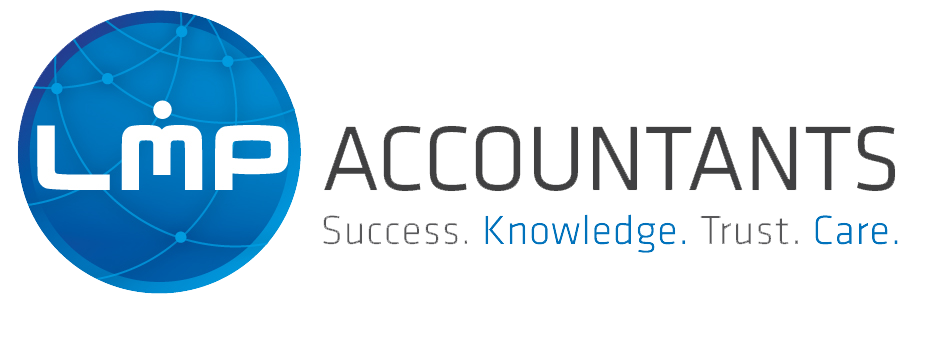From 1 July 2020, parents accessing the Government’s parental leave pay (PPL) scheme will have greater flexibility and options.
Targeting the self-employed and small business owners, the changes introduce a new flexible paid parental leave pay period of 30 days.
Previously, new parents could apply for PPL for a continuous block of up to 18 weeks. The changes split this time period into two:
Parents can take the 18 weeks in one block or, under the new rules, take the 12 week period and then use the additional 30 days at a period and in a way that suits them but before the child turns 2 years of age. For example, assume that when Jane, who works five days per week, has a child, she initially claims 12 weeks. Jane returns to work part time for three days per week. In that case, Jane would apply to be paid parental leave pay on the two days per week that she is not working.
The administration of the PPL will change in some scenarios. For Jane’s case above, the employer would administer the scheme for the first 12 weeks but then the Government would directly pay Jane for her flexible days.
If an employee wishes to access flexible parental leave pay, they will need to negotiate time off work or a part time return to work with their employer. If the employer is unable to accommodate the request, then the employee may take the 18 weeks as one block.
The changes to the paid parental leave scheme apply to babies born on or after 1 July 2020. The scheme commences from 1 April 2020 to give parents applying for leave the flexibility to use the new arrangements (but only if their child is born on or after 1 July 2020).




















